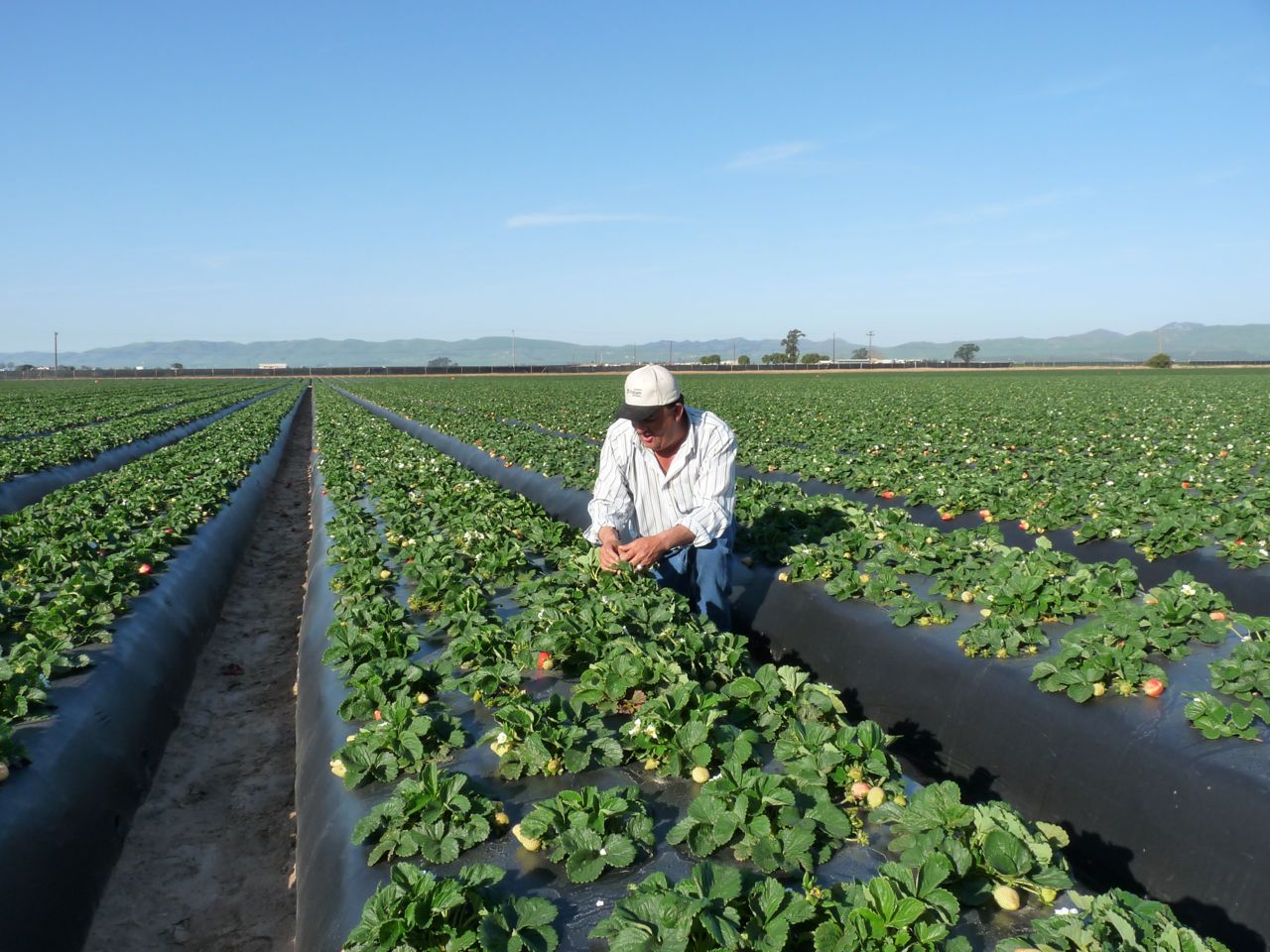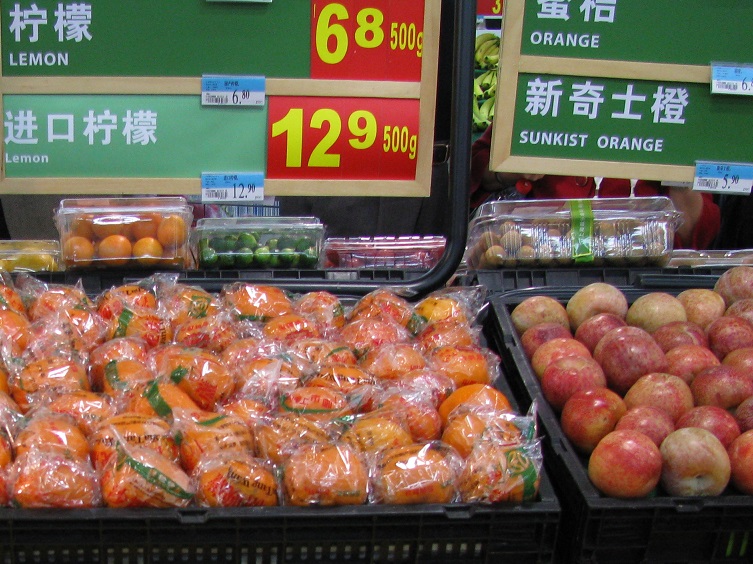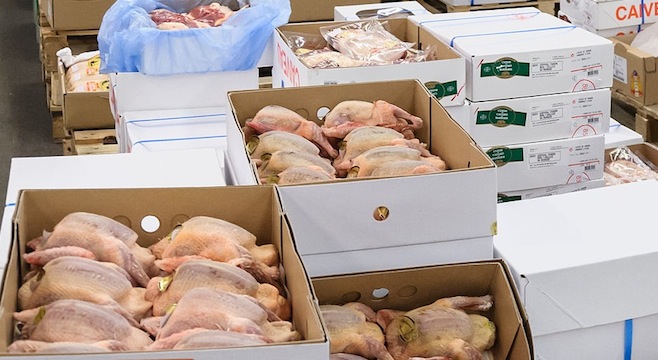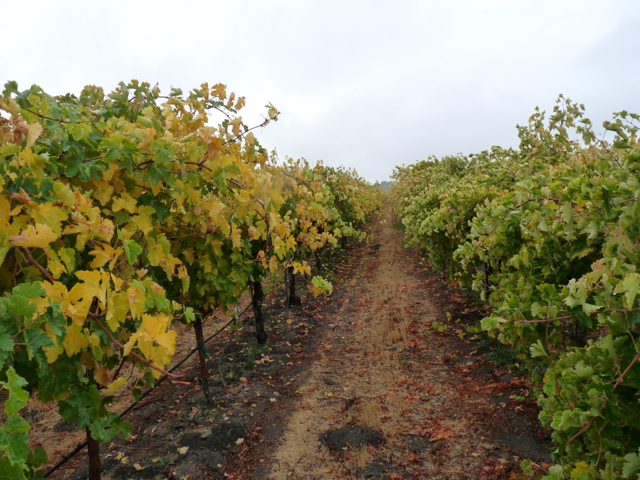California Walnuts Face Threatening Tariffs
Big Challenges For the Walnut Industry
By Mikenzi Meyers, Associate Editor
It takes one glance at current news headlines to know that agriculture trade is a hot-button issue within the industry. Amongst countless exported crops being hindered by tariffs, the California walnut industry is no different. With California English walnuts making up two-thirds of the world’s trade, the California Walnut Commission is on high alert to ensure that growers are protected from tariffs that could damage their markets.
Pamela Graviet, the commission’s senior marketing director, spoke deeper on this issue.
“If you look at the three major markets—China, Turkey, and India—where we have tariff issues,” Graviet said, “that represents twenty percent of our total shipments … it’s over $300 million we’re going to lose.”
Thus far, the walnut industry has avoided paying the full tariff direct to China through the “gray market,” or the sales of walnuts through other countries that feed into China.
“But when you’re tariff constrained or in a trade war” Graviet explained, “they are also cracking down on those other routes, and the gray market has also suffered.”
The California Walnut Commission will continue their work to protect nearly 100 handlers and 4,800+ growers that make up the California walnut industry.


















